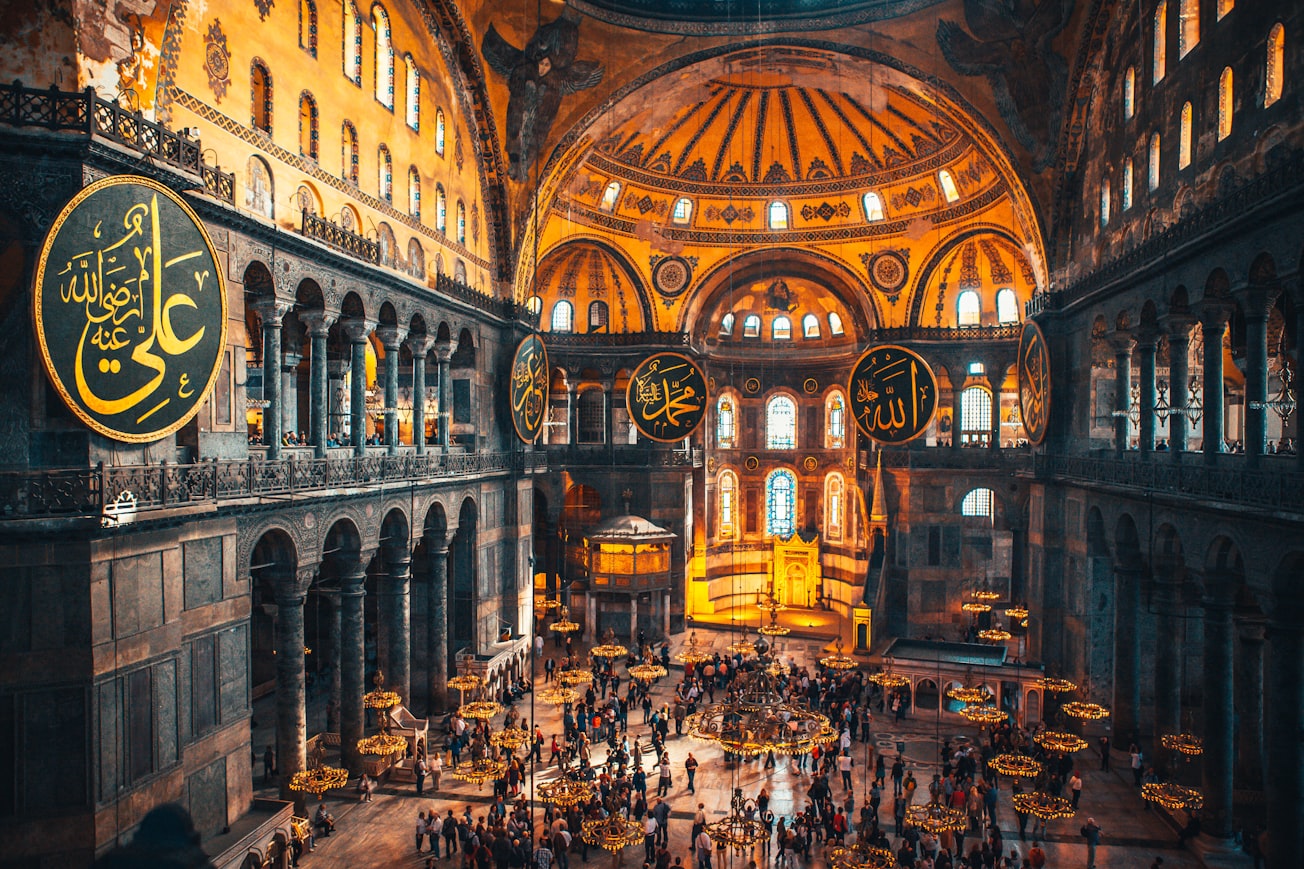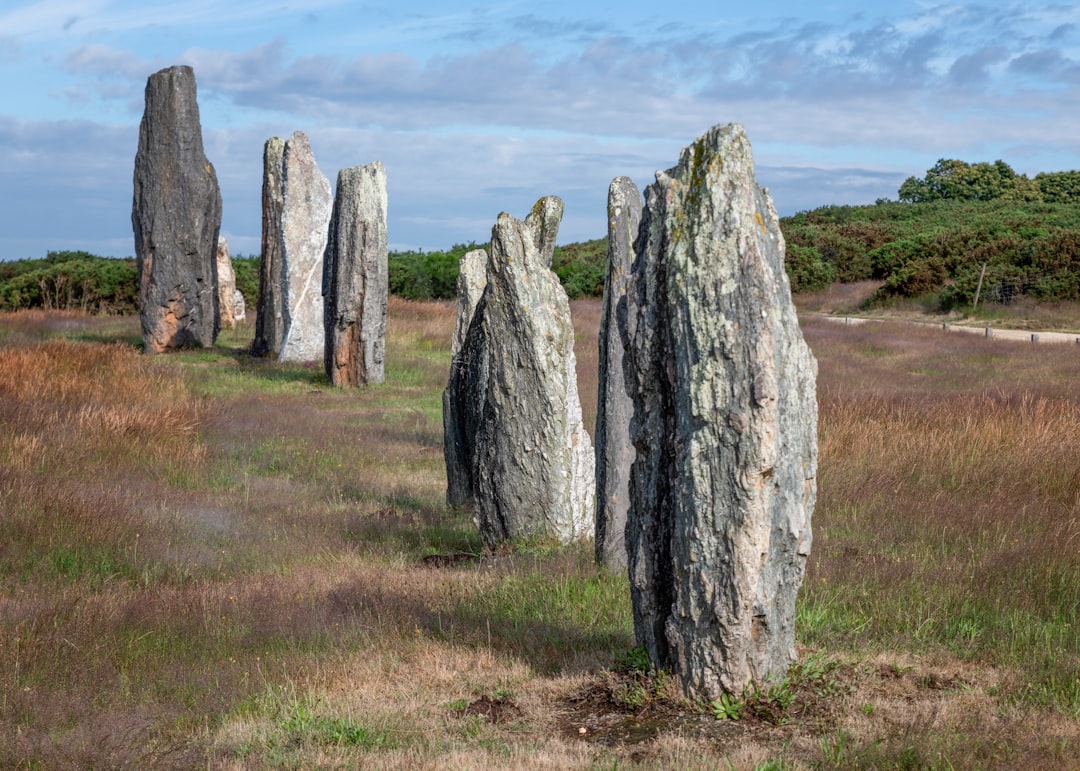What is it about?
Sarcophagi, column shafts, facing slabs, tubs, ambos, iconostasis, baptismal fonts made of this rare stone (ophicalcite) are found in places spreading from Syria to Britain and from Tunisia to Germany mainly in Rome, Constantinople and Thessaloniki.
Featured Image

Photo by Raimond Klavins on Unsplash
Why is it important?
This stone was one of the most splendid and impressive raw materials in Imperial Rome and especially in Byzantium, but also in Muslim monuments and in numerous Basilicas during the Renaissance.
Read the Original
This page is a summary of: GREEN THESSALIAN STONE: THE BYZANTINE QUARRIES AND THE USE OF A UNIQUE ARCHITECTURAL MATERIAL FROM THE LARISA AREA, GREECE. PETROGRAPHIC AND GEOCHEMICAL CHARACTERIZATION, Oxford Journal of Archaeology, October 2008, Wiley,
DOI: 10.1111/j.1468-0092.2008.00313.x.
You can read the full text:
Contributors
The following have contributed to this page










